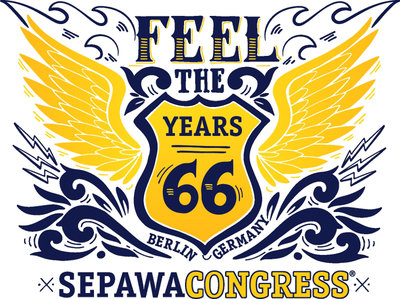Trademarks identify the goods and services of an undertaking. Brands make a company‘s products recognizable and are therefore a decisive orientation for customers when making their purchase decisions.Therefore brands are important for the longterm success of a company. Classic trademarks in form of words, pictures,three-dimensional forms, colors and sounds are already enjoying great popularity in the labelling of cosmetic products. As the product range continues to grow and consumers become more brandconscious, the demand for prestigious and highly recognizable signs will continue to grow. However, the stock of signs available as potential trademarks was limited for a long time. Until only recently an important requirement in Germany and most other jurisdictions was that only signs capable of being represented graphically were admitted for protection1. Already since October 1, 2017 the graphical representation requirement no longer applies when submitting an EU trademark application2. With the German Trademark Law Modernization Act (MaMoG, Markenmodernisierungsgesetz) corresponding changes were made to the German Trademark Act (MarkenG)3. The new law came into force on January 14, 2019. This means that, from that date, signs can be represented in any appropriate form, e.g. in a standard audio or picture format4. Dropping the graphical representation requirement is a paradigm shift! New trademark forms that cannot be represented graphically are now admitted for registration. This opens up a whole new world of possibilities for particularly original and aesthetical marks for cosmetics. These include motion marks that can contain e.g. a sequence of still images, multimedia marks that can combine picture and audio elements (e.g. as a video clip), and holograms.



![[Translate to english:] Posterpräsentationen Jens Wortmann](/fileadmin/_processed_/7/3/csm_Portrait-Poster-683x1024_48c8256e1b.jpg)